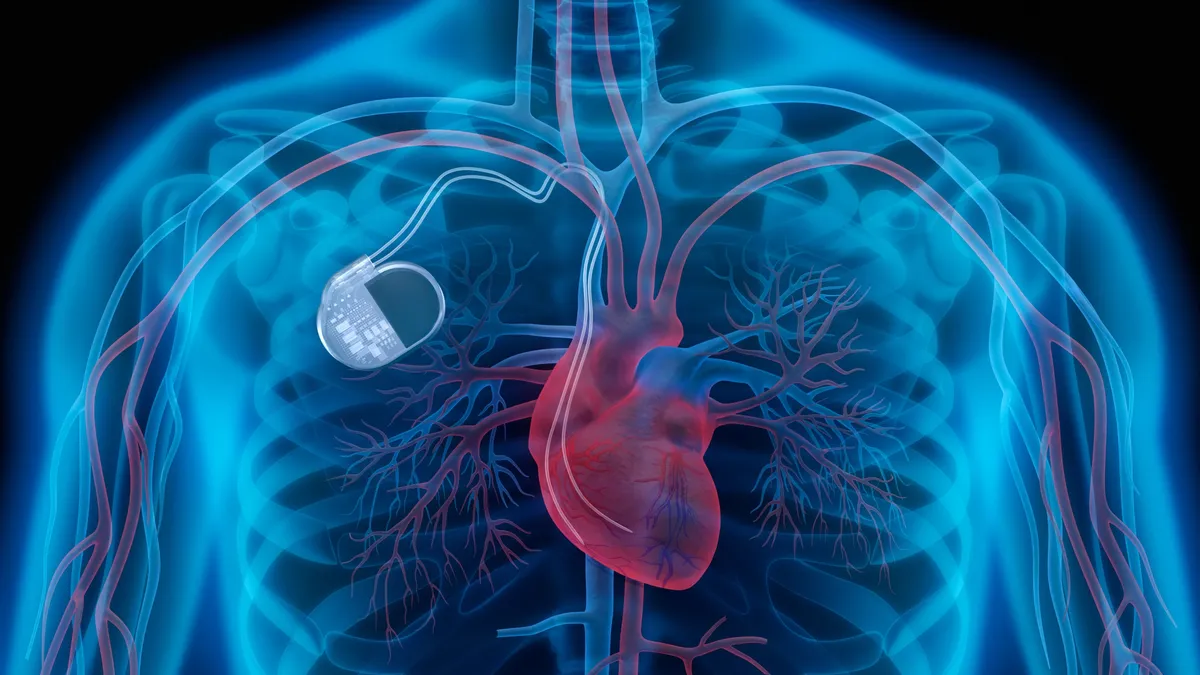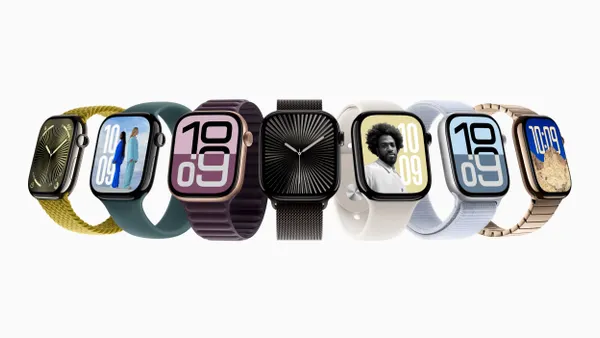Dive Brief:
- A newly patented technology may improve how implants wirelessly send data from within the human body, reducing the energy needed to transmit data and increasing the life span of devices.
- AntennaWare has received a European patent for multi-mode antenna technology that could eliminate the need to manually hold readers over the implant to receive data.
- The technology would increase the upload frequency of existing automated communication devices, and allow for deep-tissue implants that could unlock new ways to monitor and treat disease.
Dive Insight:
AntennaWare divides current wireless communications technologies for implanted devices into two groups.
To extract data from some devices, such as pacemakers and neural implants, the user needs to hold an external reader over the part of the body where the technology is implanted. In that system, all data transfer is manual and the upload frequency depends on the user.
The other option is to have the implant automatically transmit data at a set interval. However, the limited life of the batteries used to run implants and the power consumption associated with wireless data transfer constrains the frequency of communication. AntennaWare says transfers happen every hour, at best.
Seeking to improve on the existing technologies, AntennaWare has developed and patented a single antenna element that is designed to facilitate continuous communication from surface to implantable devices within the human body.
“Implantable cardiac pacemakers and cardioverter-defibrillators were largely the only well known wireless active implanted devices, but more recently, there are new and exciting innovations in the medical space, requiring deep tissue communication to and from implantable technologies. The reliability of the AntennaWare multi-mode antenna in these difficult environments makes it perfect for use in this space,” said Matthew Magill, AntennaWare’s chief technology officer, in a statement.
AntennaWare currently sells BodyWave antennas for use in wearable devices.













